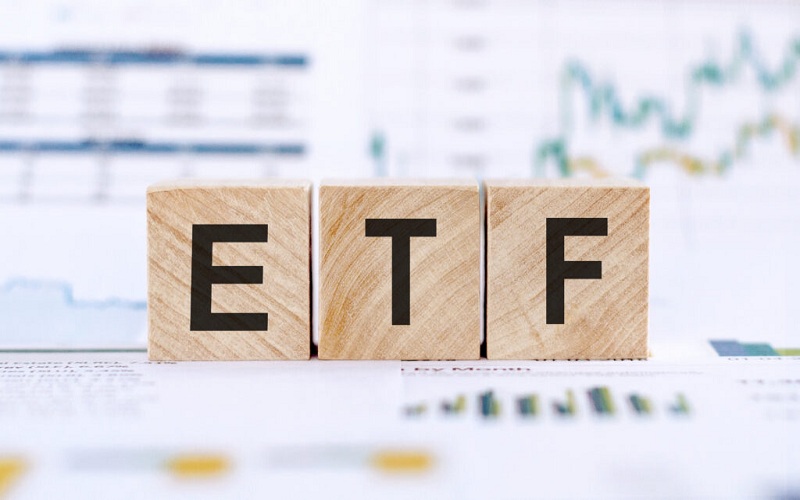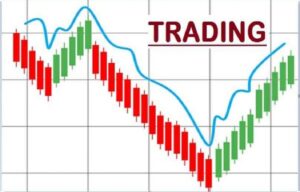Leveraged ETFs: Advanced Strategies for Managing Risk

Leveraged ETFs, or Exchange-Traded Funds, have gained popularity among investors seeking amplified returns. These financial instruments offer the potential for enhanced profits by using borrowed capital, but they also come with increased risks. In this article, we delve into the intricacies of leveraged ETFs, exploring their mechanics, associated risks, and advanced strategies for managing these risks effectively.
Understanding Leveraged ETFs
Leveraged ETFs are investment funds that use derivatives and debt to amplify the returns of an underlying index. Unlike traditional ETFs, which aim to mirror the performance of an index, leveraged ETFs seek to multiply the returns, often by two or three times.
The leverage ratio of a leveraged ETF determines the degree to which it magnifies the returns of the underlying index. For example, a 2x leveraged ETF aims to double the daily returns of the index it tracks. Daily rebalancing is a key mechanism employed by leveraged ETFs to maintain the desired leverage ratio. This involves buying or selling assets daily to reset the leverage exposure.
Leveraged ETFs in Singapore are available across a wide range of asset classes, including equities, fixed income, commodities, and currencies. Examples include the ProShares Ultra S&P 500 (SSO), which seeks to provide twice the daily performance of the S&P 500 Index, and the Direxion Daily Financial Bull 3x Shares (FAS), which aims to triple the daily returns of the Russell 1000 Financial Services Index.
Risks Associated with Leveraged ETFs
While leveraged ETFs offer the potential for increased returns, they also amplify losses. Due to the compounding effect of daily returns, a prolonged downturn in the underlying index can result in significant erosion of capital in leveraged ETFs. The daily rebalancing process can lead to increased volatility in leveraged ETFs. In times of high market volatility, the frequency of rebalancing can exacerbate price fluctuations, potentially leading to unexpected outcomes for investors.
Leveraged ETFs often utilise derivatives such as futures and swaps to achieve their leverage objectives. This exposes investors to counterparty risk—the risk that the counterparty to the derivative contract may default on its obligations. Due to the complexities involved in daily rebalancing and the use of derivatives, leveraged ETFs may experience tracking errors. These deviations from the performance of the underlying index can erode returns over time, especially in volatile markets.
Leveraged ETFs may face liquidity challenges, particularly during periods of market stress. Limited liquidity can result in wider bid-ask spreads and increased trading costs for investors. Moreover, the impact of large trades on the market can further exacerbate price volatility.
Advanced Strategies for Managing Risk
Diversification is a fundamental risk management technique that involves spreading investments across different asset classes and sectors. By diversifying their portfolio, investors can mitigate the impact of adverse events on any single investment, including leveraged ETFs.
Investors can employ various risk management techniques to protect their investments in leveraged ETFs. These may include setting stop-loss orders to limit losses, using options contracts to hedge against downside risk, or employing sophisticated hedging strategies. Awareness of prevailing market conditions is crucial for effectively managing risk in leveraged ETFs. Factors such as interest rates, economic indicators, and geopolitical events can influence market volatility and the performance of leveraged ETFs
Regular monitoring and rebalancing of the portfolio are essential for managing risk in leveraged ETFs. Investors should regularly review their investment objectives, risk tolerance, and market outlook to ensure that their portfolio remains aligned with their goals.
Regulatory Considerations and Investor Education
Leveraged ETFs are subject to regulatory oversight by agencies such as the Securities and Exchange Commission (SEC) and the Financial Industry Regulatory Authority (FINRA). These regulatory bodies establish guidelines and regulations to protect investors and maintain the integrity of the financial markets.
Given the complexities associated with leveraged ETFs, investor education is crucial. Financial institutions, regulatory bodies, and industry associations offer resources and educational materials to help investors understand the risks and rewards of investing in leveraged ETFs.
Regulators require issuers of leveraged ETFs to provide comprehensive disclosure to investors. This includes information on the fund’s investment objectives, strategies, risks, and expenses. By carefully reviewing this information, investors can make informed decisions about whether leveraged ETFs are suitable for their investment objectives and risk tolerance.
Conclusion
A leveraged ETF offers the potential for enhanced returns but come with increased risks. By understanding the mechanics of leveraged ETFs, identifying associated risks, and employing advanced risk management strategies, investors can navigate the complexities of these financial instruments effectively. Regulatory oversight, investor education, and transparency are essential elements in ensuring that investors can make informed decisions when investing in leveraged ETFs.







